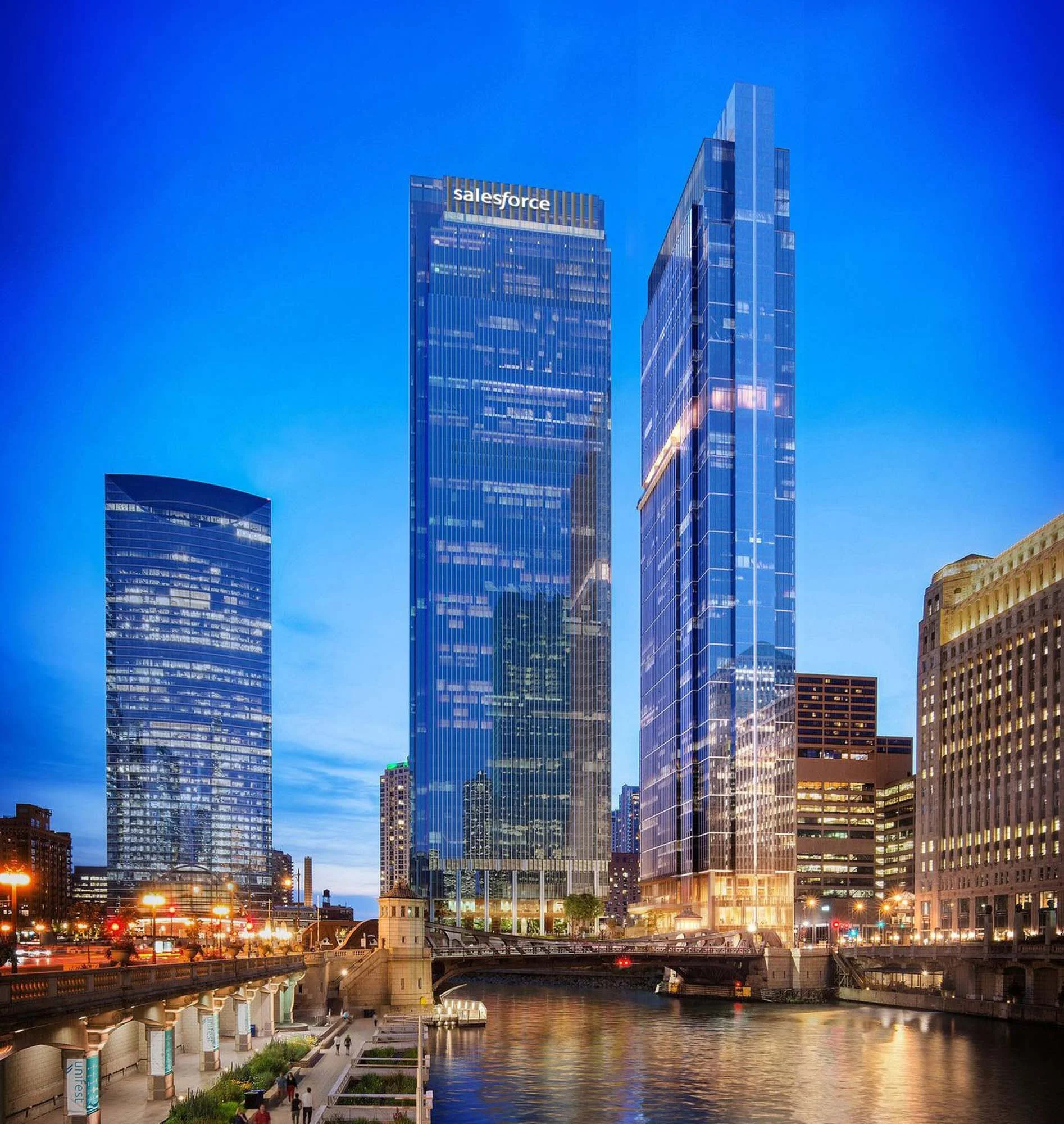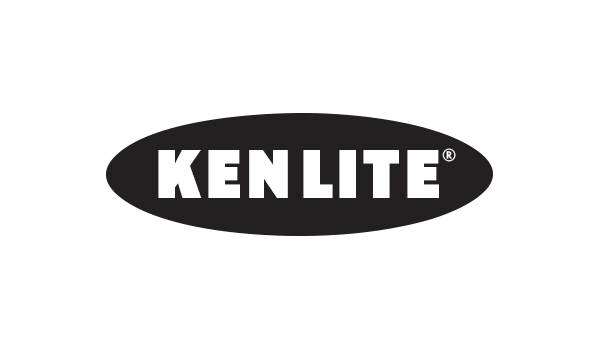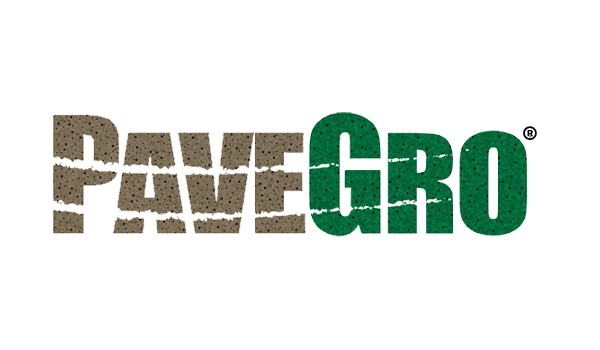Salesforce Tower Chicago: Pioneering Sustainability with Structural Lightweight Concrete
Salesforce Tower Chicago: Pioneering Sustainability with Structural Lightweight Concrete
Salesforce Tower Chicago, standing at an impressive 60 stories above the Chicago River, is a groundbreaking project in more ways than one. As the first building in the city to require and measure Environmental Product Declarations (EPDs) to quantify embodied carbon of construction materials, this achievement is largely attributed to the use of structural lightweight concrete.
“We worked with one of the largest ready-mix producers in Chicago, and despite site access limitations, they successfully adjusted the mix design to maintain the specified unit weight while pumping lightweight concrete to 60 stories without issue,” says Kevin Cavanaugh, Sales and Marketing Representative for Arcosa Lightweight.
The Role of Structural Lightweight Concrete in High-Rise Construction
Structural lightweight concrete (LWC), made with expanded clay or shale (ESC) aggregate, is a tried-and-true solution for commercial building construction. It not only addresses weight and durability concerns but also provides significant cost savings. Thanks to the use of LWC, fewer construction materials were required, and the construction schedule was accelerated.
LWC allows for thinner gauge steel decking, fewer steel beams, and thinner concrete slabs, due to its superior fire resistance. If normal weight concrete (NWC) had been used instead, additional steel beams and thicker slabs would have been required to meet fire resistance standards, increasing the dead load and complicating the construction process.
In fact, using NWC would have required thicker steel decking to provide the necessary stiffness to carry the extra dead load. Extra steel beams would have been required in each of the 22 column bays across all 58 stories. The use of LWC, however, reduced the number of crane picks, streamlining the construction process.
Improved Sustainability and Reduced Emissions
At 837 feet tall, the Salesforce Tower saw significant sustainability gains through the use of LWC. The building experienced a 27% reduction in concrete volume and a 9% reduction in steel usage, which contributed to an overall 19% decrease in carbon emissions.
Strength, Durability, and Flexibility
Despite being lighter, the strength of structural lightweight concrete is comparable to traditional concrete, leading to reduced load-bearing requirements. This translates into cost savings in both materials and foundations. The use of ESC aggregate ensures the concrete’s durability while providing architects and engineers with more design flexibility and options for the structure.
“Less material and a faster schedule. That sounds like a win-win to me,” concludes Cavanaugh.
The success of Salesforce Tower Chicago highlights the value of structural lightweight concrete made with Arcosa Lightweight in modern high-rise construction. Its ability to reduce material use, speed up construction schedules, and enhance sustainability makes it the ideal choice for developers looking to build tall while minimizing their environmental footprint.
Additional Case Studies: High Rises
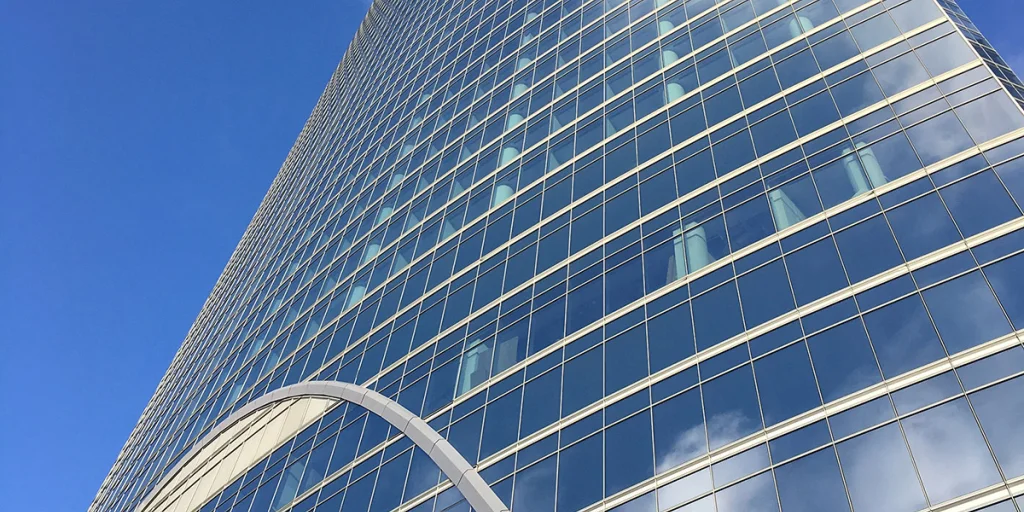
Concrete Make with Arcosa Lightweight Lifts Chicago’s River Point Tower
River Point, a 52-story skyscraper soaring 730 feet (213 meters) above Chicago’s West Loop, stands as a testament to the strength and versatility of lightweight concrete. Completed in 2016, the building features 1 million square feet of office space…
Read More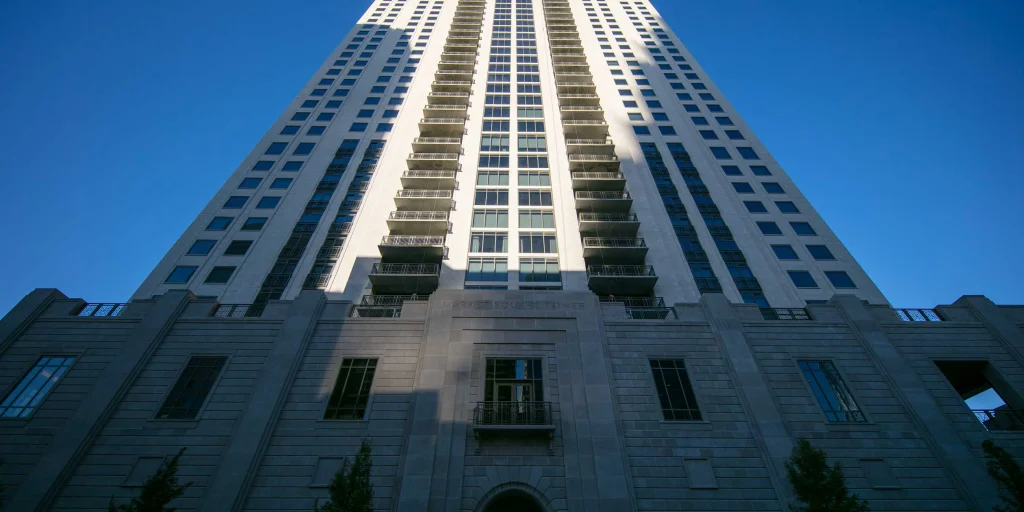
Structural Lightweight Concrete Elevates Houston’s Skyline
Market Square Tower, a 40-story residential building, rises 502 feet over downtown Houston, Texas and features 463 luxury apartments. The impressive height of the skyscraper was made possible through the use of structural lightweight concrete, which…
Read More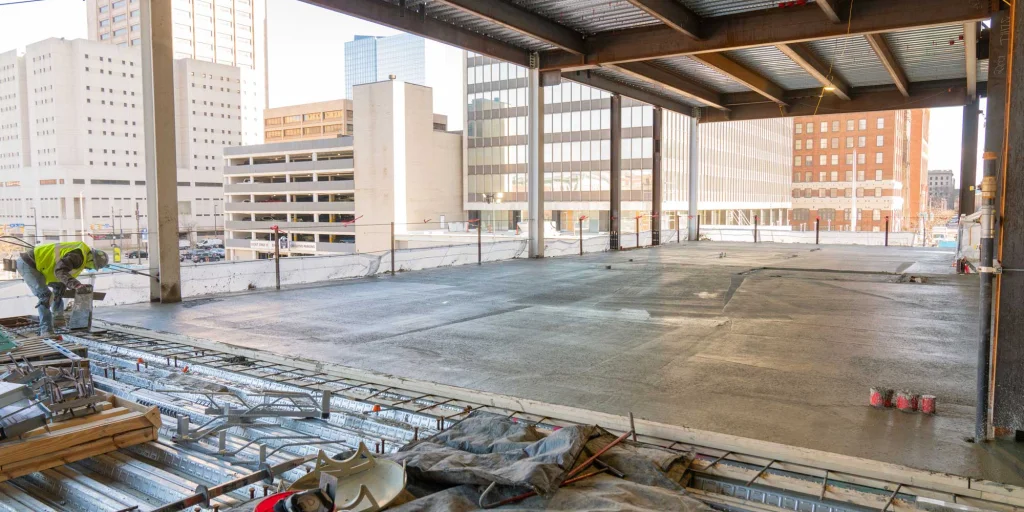
Sherwin-Williams’ Global Headquarters: Lightweight Concrete for a Landmark Project
Sherwin-Williams is constructing its new global headquarters in Cleveland, Ohio, a development that will feature a two-story pavilion, a 36-floor office tower, and a multi-level parking garage. The project, which will redefine the Cleveland skyline…
Read More






